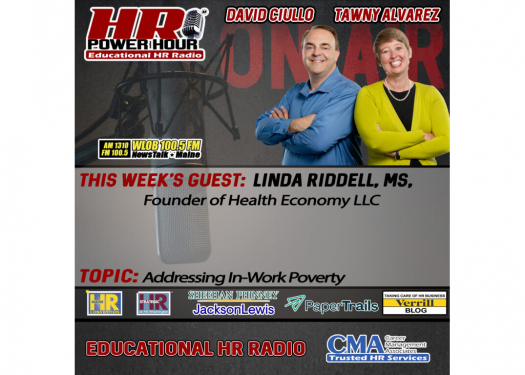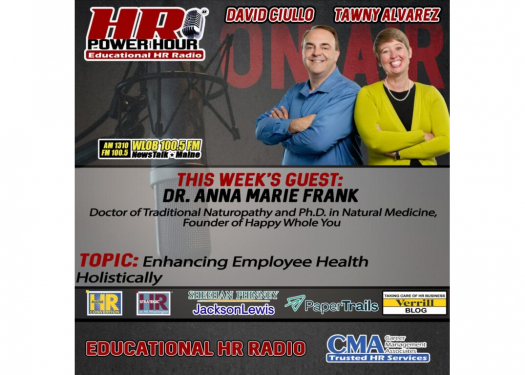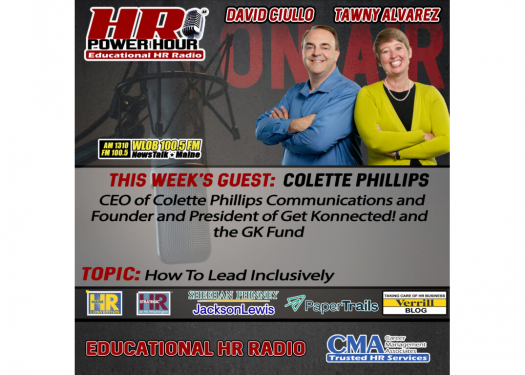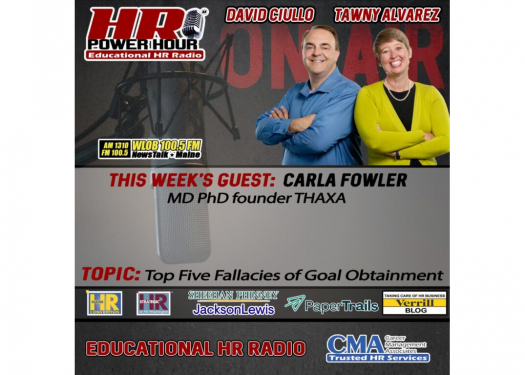Congress Passes the Paycheck Protection Program
On March 27, the United States Congress passed the Coronavirus Aid, Relief, and Economic Security Act (the “CARES” Act). The Act contains many provisions affecting broad swaths of the U.S. economy. The purpose of this memo is to summarize the Act’s provisions regarding forgiveness of SBA loans used by business to cover payroll, rent, and other expenses necessary for the continued operation of their businesses otherwise known as the “Paycheck Protection Program.”
Eligible Businesses
The loan forgiveness program is available to small businesses. A small business is one that employs “not more than the greater of (I) 500 employees; or (II) if applicable, the size standard in number of employees established by the Administration for the industry in which the business concern, non-profit organization, veterans organization, or Tribal business concern operates.”
The “number of employees established by the Administration” language refers to the SBA standard for small business. Size standards vary by industry. 13 C.F.R. 121.201 contains a table of industry codes and the standard for each code. In most cases it is set by the number of employees, and that number will vary from 1,500 to 100 employees with 500 employees being the most common. In other cases, it is limited by revenue volume. For example, Automotive Parts and Accessories Stores which have an industry designation of 441310 must have less than $16.5 million in annual receipts in order to be considered a small business. A law firm must have less than $12.0 million in revenue to be considered a small business under the regulations.
However, the two criteria are written in the disjunctive. This suggests that an applicant for loan forgiveness need only meet one criteria. So if a law firm had $20 million in revenue, but less than 500 employees, they might still qualify for the program. Future guidance on the bill should make this more clear.
Unlike other SBA programs, the loan forgiveness is being made available to sole proprietors, independent contractors, and self-employed individuals, provided those individuals can produce the necessary documents to show their income last year.
There is also a carve out for restaurants, hotels, campgrounds and casinos. In order to qualify, those companies must have no more than 500 employees “per physical location” and less than $500 million in revenue. These businesses are also exempt from the affiliation regulations. Under normal rules, the SBA would look at all the companies under common ownership and add up all the employees and revenue of all the companies. Not so for casinos and restaurants and campgrounds. So if a single company (or person) owned several casinos, each casino would be entitled to claim benefits under this bill so long as their revenue did not exceed $500 million and they had less than 500 employees working at a single physical location.
Eligible Expenses
The bill will forgive loans that were used to pay for payroll (including benefits and taxes), interest on a mortgage obligation, rent, and utilities over a period of 8 weeks beginning on the date of the origination of the covered loan. The payroll forgiveness is limited to employees who made less than $100,000.00 in annualized pay in any period of 2019.
The forgivable payroll benefit will be reduced if the employer had fewer people working for them from 2/15/2020 to 6/30/2020 as compared to either the same period last year, or 1/1/2020 to 2/29/2020. The employer gets to choose which period will be the comparator. The benefit will also be reduced if the employer reduced salary or wages of their employees more than 25% as compared to the most recent prior quarter. These reduction provisions contain an exemption if the employer is able to eliminate the job loss, or return to paying their employees their normal salary by June 30, 2020.
Applying for loans
We have heard anecdotal evidence that the SBA website is unstable and overloaded. Because these are loan guarantees, clients may be able to apply for them through their regular lending institutions once the program comes online, which according to press accounts, could take a couple of weeks.
What we don’t yet know
We are accumulating a list of questions and will attempt to get and publish answers when they become available. So far, we have the following:
- Are the two eligibility criteria meant to be read separately, meaning that a business need only meet one in order to be eligible for the loan.
- If the forgivable loan is under subsection a of the SBA loan statute, can an SBA emergency relief loan under subsection (b) be converted once the program comes online? The bill restricts a company receiving funds from a forgivable loan from also receiving funds from an emergency loan. But it does not appear to prohibit the opposite.
- Can a company back-date its payroll expenses when seeking forgiveness? The section that deals with loan forgiveness defines the covered period as “the 8-week period beginning on the date of the origination of a covered loan” whereas the section establishing the loans themselves defines the covered period as 2/15/2020 to June 30, 2020. So there appears to be some inconsistency in the bill. We suspect the loan forgiveness benefit will only apply to covered expenses incurred after the employer takes out the loan, but future guidance may loosen that restriction.














